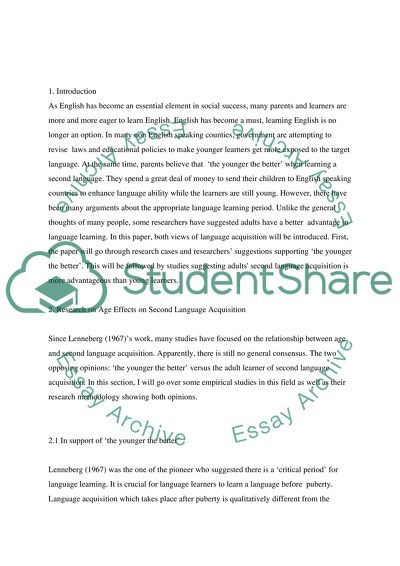Cite this document
(“The Younger the Better in English learning practice Essay”, n.d.)
Retrieved from https://studentshare.org/family-consumer-science/1417359-write-a-detailed-critical-literature-review-of
Retrieved from https://studentshare.org/family-consumer-science/1417359-write-a-detailed-critical-literature-review-of
(The Younger the Better in English Learning Practice Essay)
https://studentshare.org/family-consumer-science/1417359-write-a-detailed-critical-literature-review-of.
https://studentshare.org/family-consumer-science/1417359-write-a-detailed-critical-literature-review-of.
“The Younger the Better in English Learning Practice Essay”, n.d. https://studentshare.org/family-consumer-science/1417359-write-a-detailed-critical-literature-review-of.


